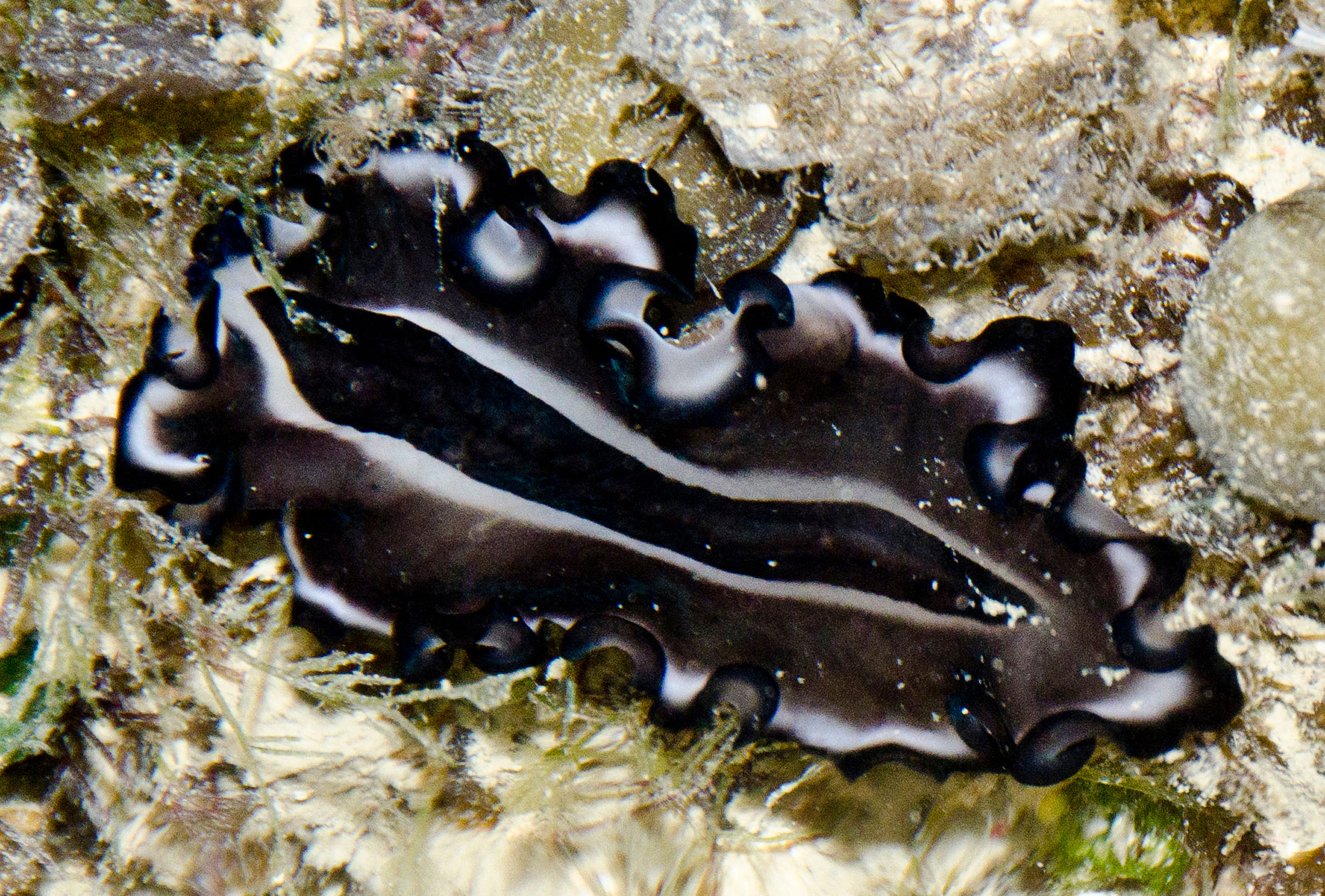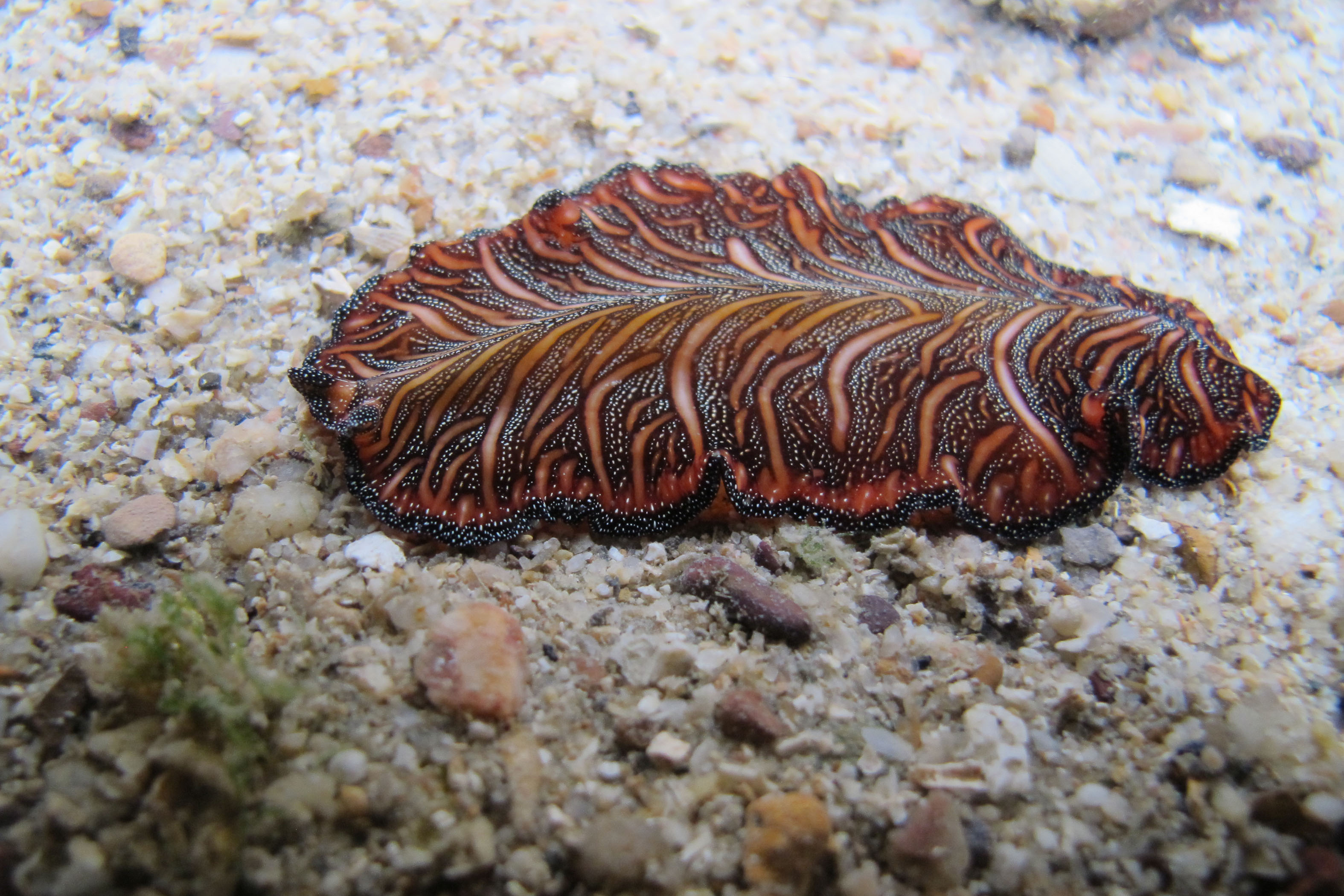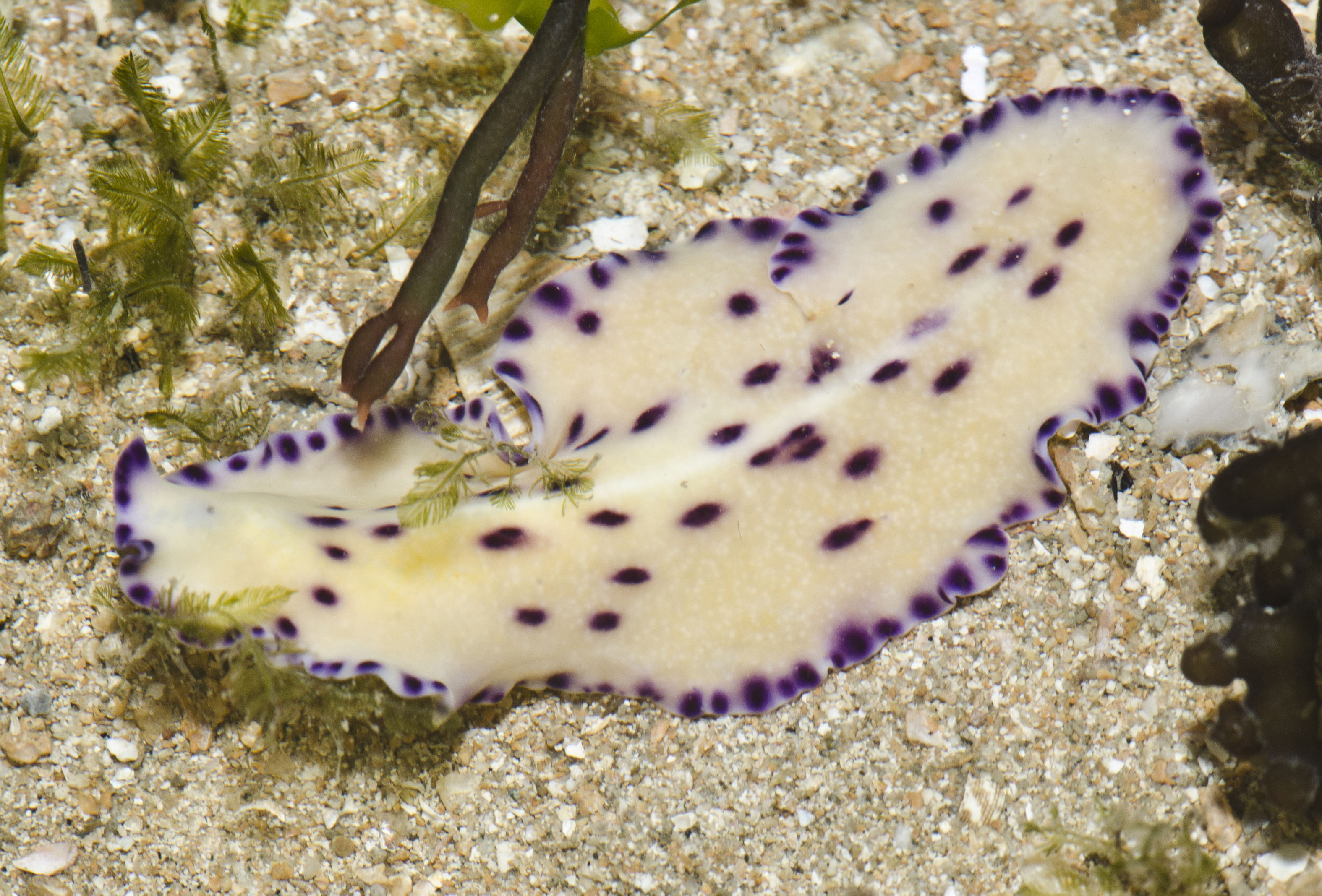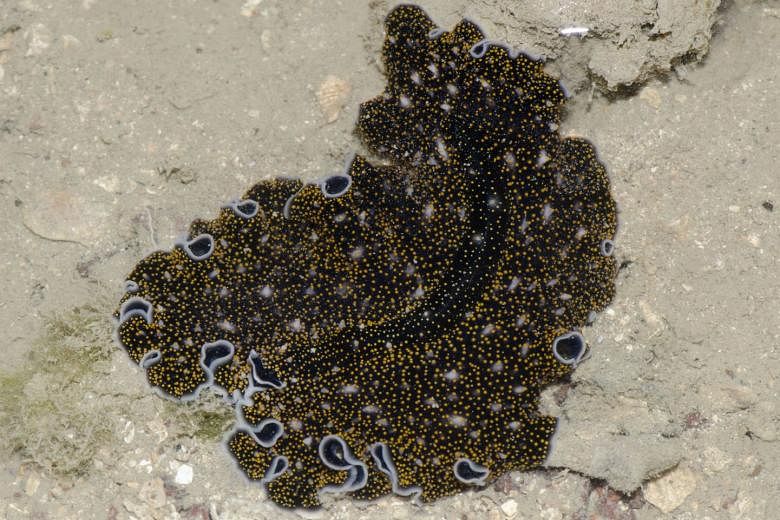With their flat bodies that resemble the trimmings of a skirt, marine flatworms always seem to be dancing through life.
But they are not always so gentle and can get quite frisky while mating - to the delight of scuba divers, who often try to capture on video the process that can take from a few minutes to more than an hour.
Marine flatworms, also known as polyclad flatworms, are hermaphrodites - each individual possesses both male and female reproductive organs.
When they come together to mate, a battle for parenthood ensues: Each flatworm tries to use its male organ to inject sperm into the other's body while trying to avoid getting stabbed.
This is known as penis fencing.
"This ritual is what marine flatworms are known for, and divers try to capture that on video," said Ms Rene Ong, who did research on polyclad flatworms at the National University of Singapore's (NUS) Tropical Marine Science Institute (TMSI).
A recent TMSI study that involved Ms Ong and another researcher found that not all flatworms in Singapore mate in this manner.
The Republic is home to 128 species of marine flatworms, found largely around the country's northern and southern shores, including the surrounding islands.
One species, Pseudobiceros stellae, also known as the starry flatworm, was observed to have a more "romantic" mating ritual.
Like ballroom dancers, a pair of these flatworms would swim around in a circular motion while curled around each other.
This was a key finding from the study - published recently in scientific journal Invertebrate Biology - which looked into the relatively understudied reproductive behaviour of 16 marine flatworms and how their eggs develop over time.
The 16 species are part of the biggest family of polyclad flatworms, called Pseudocerotidae.
With the study's findings, the current information on the reproductive behaviour of this family has increased by around two-thirds.
The researchers also found that two species brood, or sit over their eggs, for about two weeks, unlike most other species, which guard their eggs for a day.
The two species - the blue-lined flatworm and the purple-spotted flatworm - lay a smaller number of eggs than the others, and their offspring take a longer time to develop.
These two species lay fewer than 1,000 eggs, while others lay thousands of eggs.
"It is possible that longer parental care for the two flatworms was needed to increase the survival (chances) of their eggs and protect them from potential predators," said Ms Samantha Tong, a TMSI research assistant and lead author of the paper.
There are generally three types of worms - roundworms, which can live in the intestines of human beings; segmented worms, such as earthworms; and flatworms.
The marine flatworm, one of many kinds of flatworm, is only a few millimetres thick and can be found creeping and gliding along coral reefs, rocky shores, mudflats and seagrass, in shallow parts of the sea.
NUS marine biologist Huang Danwei said the flatworms' simple anatomy allows them to be extremely adaptable to different environments.
"They also have key roles across marine ecosystems, including as predators keeping prey populations in check, and as scavengers helping to recycle nutrients," he added.
FLATWORMS IN S'PORE AND WHERE TO FIND THEM
YELLOW-SPECKLED FLATWORM
BODY: Can be as large as a hand, and is densely spotted with yellow-tipped bumps. It is one of the biggest and most commonly found marine flatworms here. The variety seen in Singapore could be potentially new to science.
SIGHTED: East Coast shore, Raffles Lighthouse, Sentosa
BAYERI'S FLATWORM

BODY: Can be as large as the size of a hand; it is monochrome, with frilly edges. Rarely sighted, it is usually resting on coral rubble near reefs.
SIGHTED: Chek Jawa, Kusu Island, Tanah Merah beach
PERSIAN CARPET FLATWORM

BODY: 8cm to 10cm long and intricately patterned with reddish-brown lines and white dots. It glides along the shallow sea bed like a magic carpet. This species is often encountered by divers and was first recorded in Singapore over 100 years ago in 1903.
SIGHTED: Lazarus Island, Raffles Lighthouse, St John's Island
PURPLE-SPOTTED FLATWORM

BODY: 4cm to 6cm long, bordered and scattered with purple spots. The body of the commonly found flatworm looks yellow after it has eaten. A good mother, it broods its eggs for a longer time compared with its counterparts.
SIGHTED: Changi beach, Chek Jawa, Sentosa


